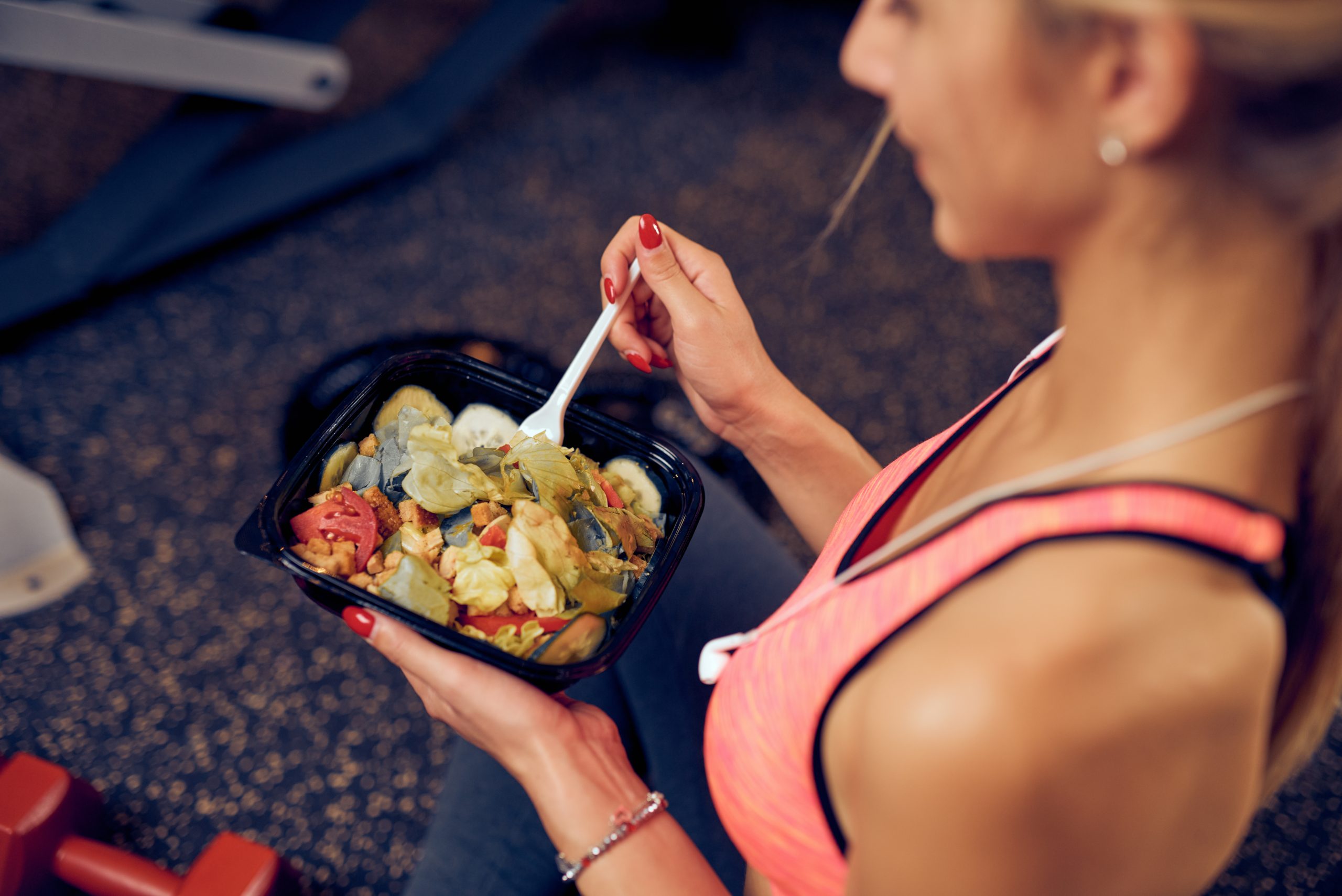For an athlete, his health and well— being are important-this affects the result of training and competitions. Abdominal cramps, nausea, heartburn and other unpleasant manifestations can occur at the most inopportune moment. What is the reason for this and how to avoid it? Let’s get this straight.
experts in the field of sports medicine indicate that almost half of athletes have minor problems with the gastrointestinal tract during training. Among the common symptoms are:
- nausea
- heartburn
- stomach upset bowel disorder
- irritable bowel syndrome.
What happens during a workout? This question worries every amateur athlete who wants to get his body in shape. Without proper nutrition, the effect of training will be much lower – this will be confirmed by anyone who is close to sports.
We are developing a food regime
Food is the fuel for the body. During a meal, you get a portion of proteins, fats, carbohydrates, vitamins and trace elements necessary for a normal life.
Proper nutrition is the key to success for both those who want to build muscle mass, and for those whose goal is to lose weight. This is a well-thought-out diet that helps to achieve this goal in the shortest possible time.
First, you need to decide on a goal: if you want to get pumped up, a protein diet will suit you, if you lose weight, low-calorie diet options. You need to get used to the idea that now it will be impossible to eat everything at any time of the day. One of the basic principles of proper nutrition is the regularity of eating at the same time.
It is best to eat fractional, in small portions. The food should be balanced. For breakfast, it is recommended to eat complex carbohydrates and proteins to recharge your energy for the rest of the day.
It is not recommended to follow a strict restrictive diet when doing fitness. Unless in extreme cases, in a short time, to lose one or two kilograms, carefully weighing the health risks. Feeling exhausted, weak, dieters can not recover after physical exertion and often quickly give up fitness classes. The other extreme is too high-calorie menu. You can’t think that fitness “allows” you to eat uncontrollably.
What to eat after class:
If you are on a diet for weight loss, make a “carbohydrate window” one and a half to two hours after training. You have to plug it into the power supply:
- omelet, steamed, boiled meat or fish;
- complex carbohydrates – whole-grain pasta or bread, baked potatoes, brown rice;
- sour natural juice – cranberry, grape, orange (diluted with water).
What you need to eat before fitness classes:
When choosing what to eat before fitness, give preference to protein dishes with low calories and consume them no later than one or two hours before classes. If you didn’t manage to have a full lunch or dinner, you can eat a handful of berries, fruits, something fermented milk or drink a protein shake half an hour before training. 200-250 ml of tea without milk, sugar, mineral water without gas will be useful.
To get the maximum benefit from fitness classes, you need to pay attention to nutrition, its composition and quality.

